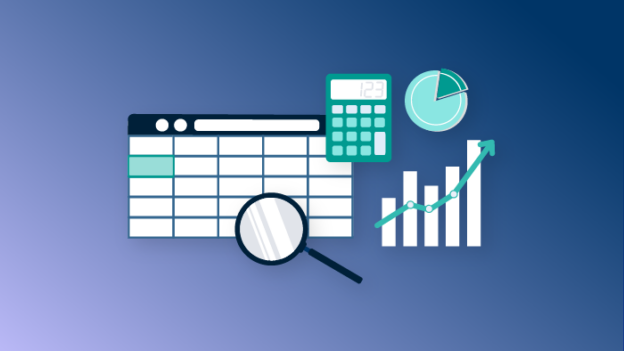For more information on this course contact Katherine Majewski at NLMTrainers@nih.gov
How many Americans are affected by cardiovascular disease each year? Are there geographic gaps in access to health care? How do the leading causes of death in the United States differ from those worldwide? Do mRNA vaccines, like the COVID-19, cause cardiovascular events? Does the use of oral contraceptives (birth control pills) increase the risk of breast cancer?
The answers to these important questions and many others can be found in data collected by government, private, and non-profit agencies and organizations. The health statistics reported by these groups are critical to monitoring trends in the health status of populations, planning how health care resources are distributed, and evaluating the effectiveness of public health interventions.
Designed for health sciences librarians and students, this course describes different types of health statistics, how they are collected, and where they can be found.
Course URL: https://www.nnlm.gov/training/class-catalog/finding-and-using-health-statistics
Resource URL: https://www.nnlm.gov/
Learning Objectives
Learning After completing this course, you will be able to:
- Explain what health statistics measure and how to use them to assess general health
- List the statistical terms commonly used when reading about health statistics
- Describe different ways health information can be collected, and the pros and cons of each method
- Locate a variety of online sources for health statistics
- Create strategies to find specific health statistics
Agenda: See course site
MLA CE Credits: 3


